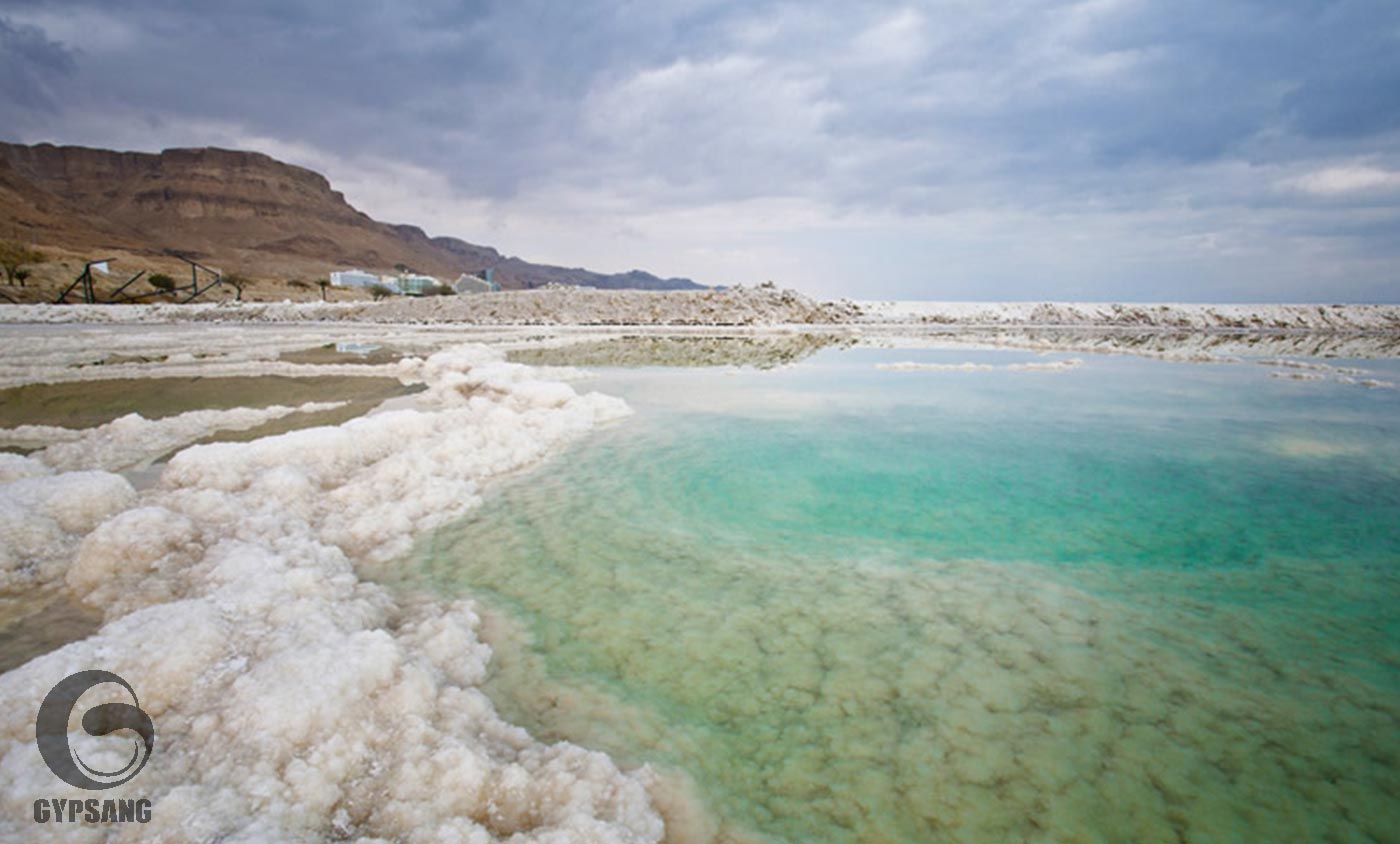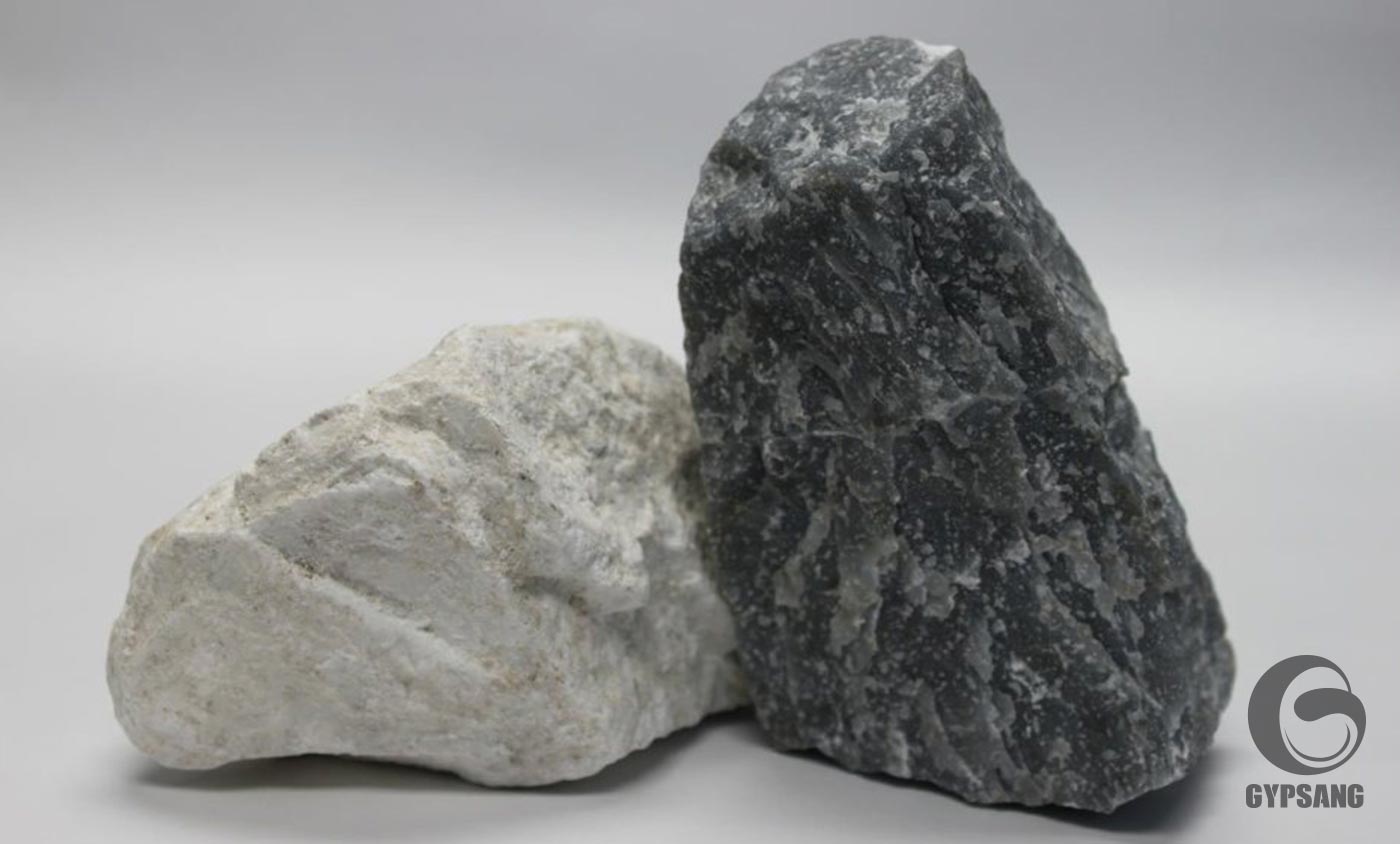Gypsum History
Gypsum reserves were formed millions of years ago when saline oceans covered most of the Earth's surface. When the oceans retreated and were confined within lands, marshes formed. As evaporation continued, waters became more and more saline, and the deposited salts began to form various compounds, one of which was gypsum. In fact, gypsum is


